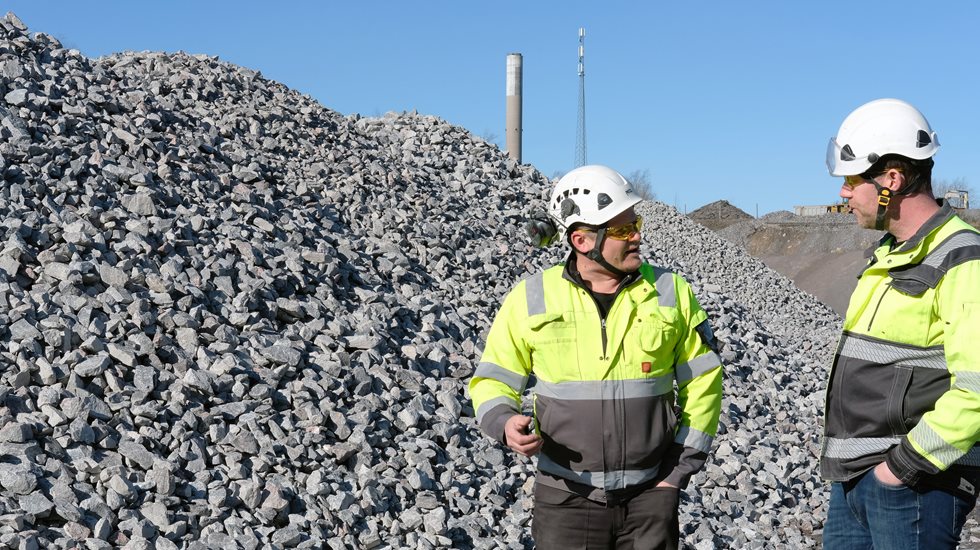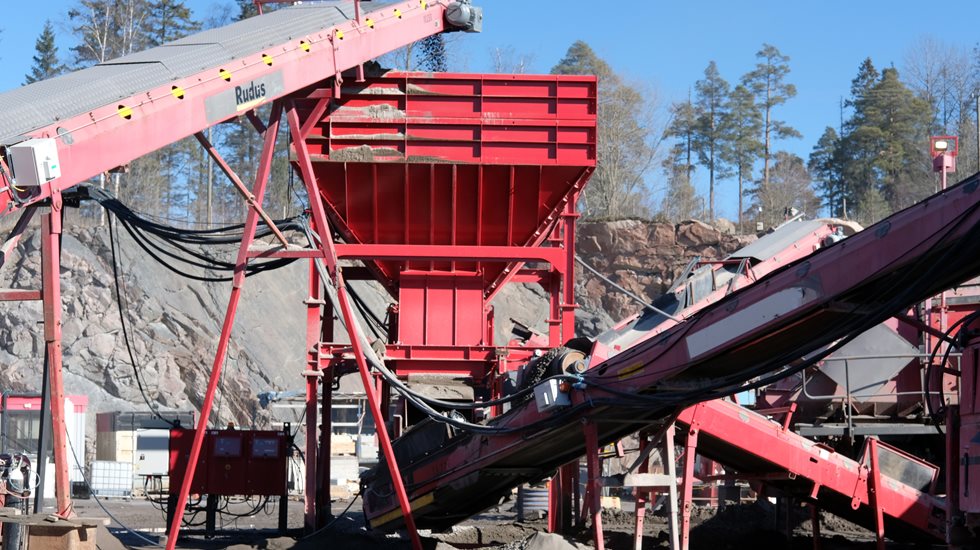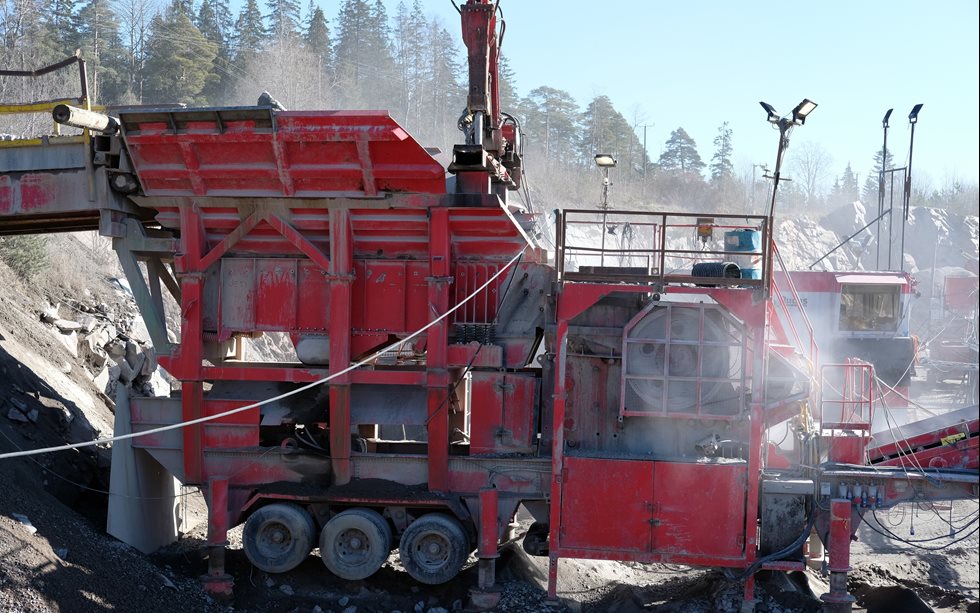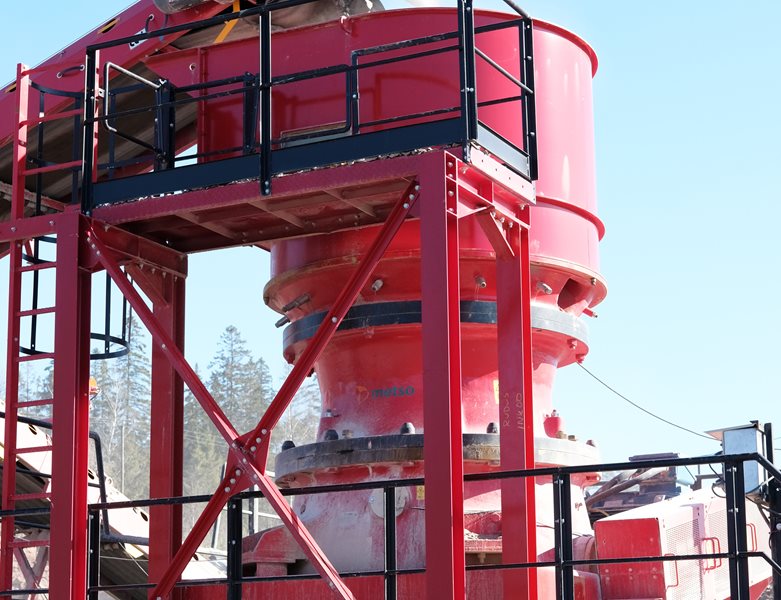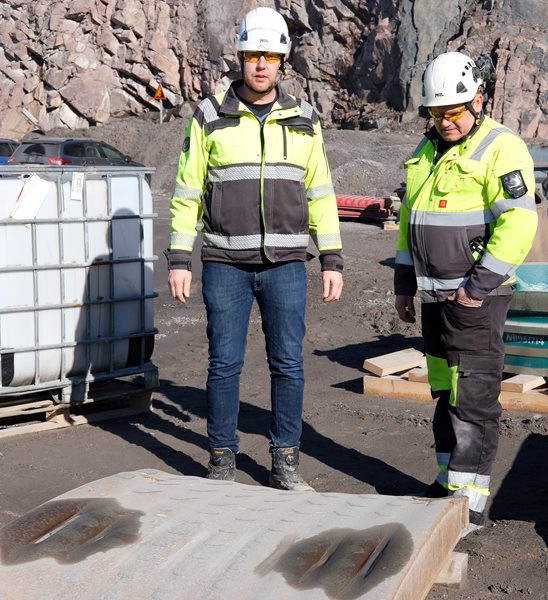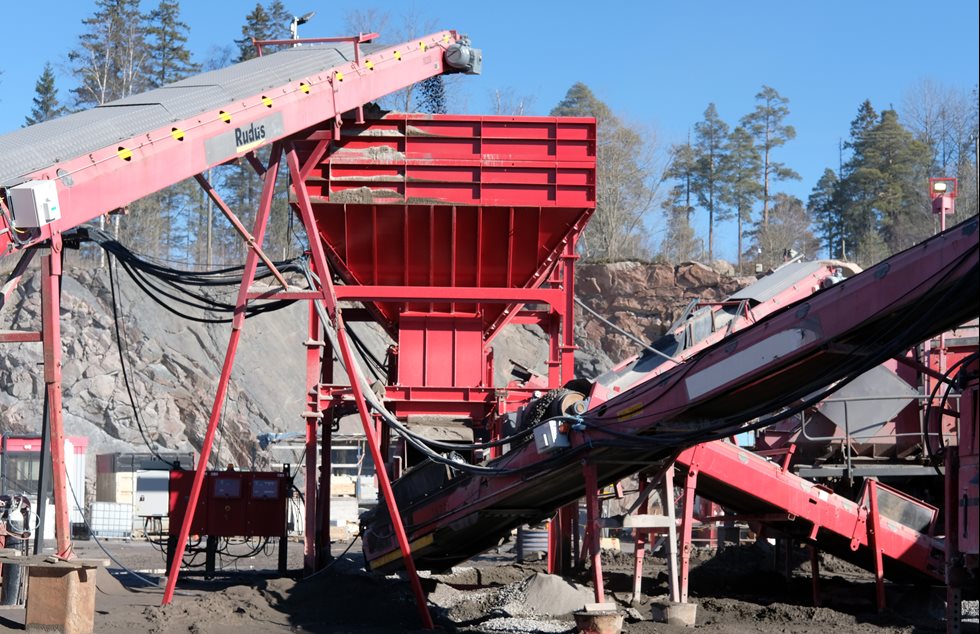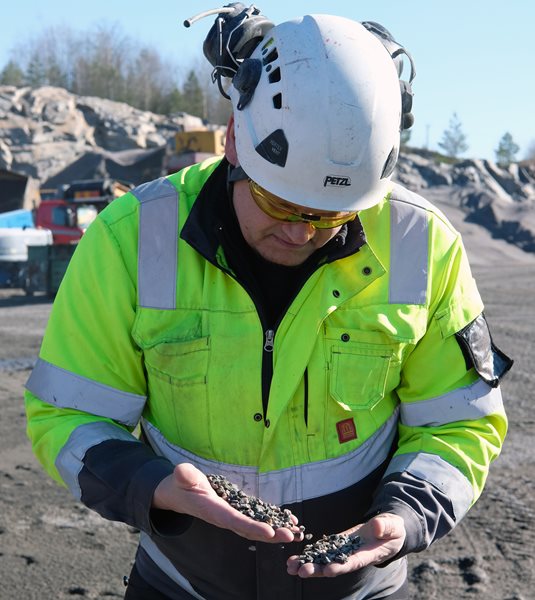The work is being undertaken with a stationary plant from Metso with an hourly capacity of 600 metric tons. The plant’s production level was ensured with two new ES screens, new MX series jaw crusher wear liners and GP500S cone crusher, which was delivered last year.
“The marine ballast was crushed at a fast pace, and the plant had to be running whenever necessary. At best, there were four ships at the Port of Inkoo retrieving cargo, which meant that we always needed to have some buffer inventory in hand,” says Kimmo Leppikangas, production and development manager at Rudus Oy.
